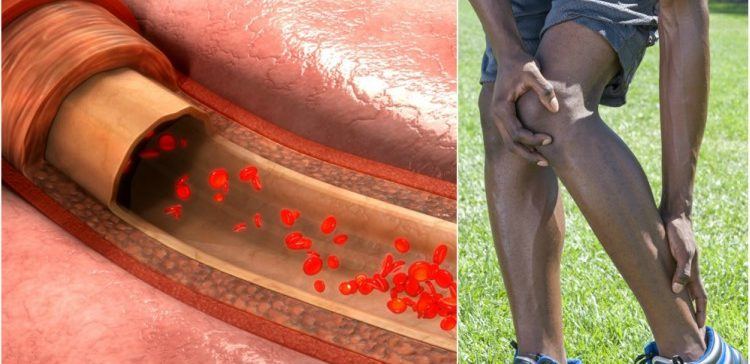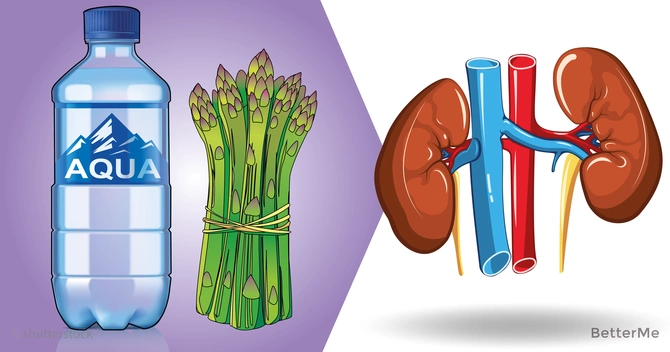Blood clots can be not only life threatening, but life altering. If they don’t dissolve on their own, they can be a silent killer if they travel to the brain, heart, or lungs.
That’s a potential stroke, heart attack, or pulmonary embolism. Blood clots can form in the arteries or veins, which are both responsible for carrying blood throughout our systems. Veins transport blood to the heart, while arteries carry it away from the heart to other parts of the body.
DVT, or deep vein thrombosis, occurs when a blood clot forms within a vein, typically within the leg. In some cases, the clot will form in an arm or another part of the body. DVT can cause pulmonary embolisms, which is when the clot breaks up and travels to the lungs.
An arterial clot (arterial thrombosis) can develop in an artery due to a buildup of plaque in the artery walls, and block or restrict blood flow. If one breaks loose or travels, it can cause a heart attack, stroke, or organ damage.
Both types of clots restrict normal blood flow, can occur anywhere in the body, and can result in the symptoms below. See a doctor right away if you suspect you have a clot.
1- Swelling
Swelling in the arm or leg is a symptom of DVT. Usually occurs on one side of the body.
2- Discoloration
If you notice your skin is red or blue in one area of your arm or leg, it could be a blood clot caused by DVT.
By contrast, pale skin could be a symptom of an arterial embolism, which is the result of an arterial clot that travels to an arm or leg.
3- Chest Pain With or Without Cough

Sometimes people have no symptoms of DVT until the clot travels to the lungs, causing a pulmonary embolism. This results in sharp, stabbing-like chest pains which gets worse with a cough. Watch out for a cough that is accompanied by chest pain, difficulty breathing, or has a bloody discharge. Seek medical attention immediately.
Chest pain or a heaviness is a common sign of an arterial clot. A heart attack can occur as a result of arterial thrombosis.
4- Shortness of Breath
This is an extremely common symptom. When a blood clot breaks off and moves to the lungs, you will often experience shortness of breath. It is sometimes accompanied by a cough.
A clot that travels to the heart (caused by an arterial clot) or is in the heart, can cause difficulty breathing as well.
Continue to the Next Page …







